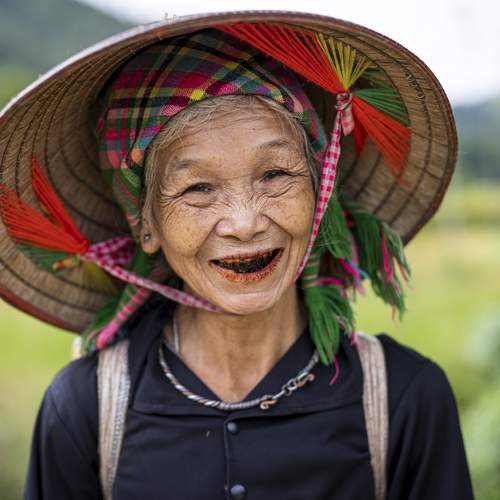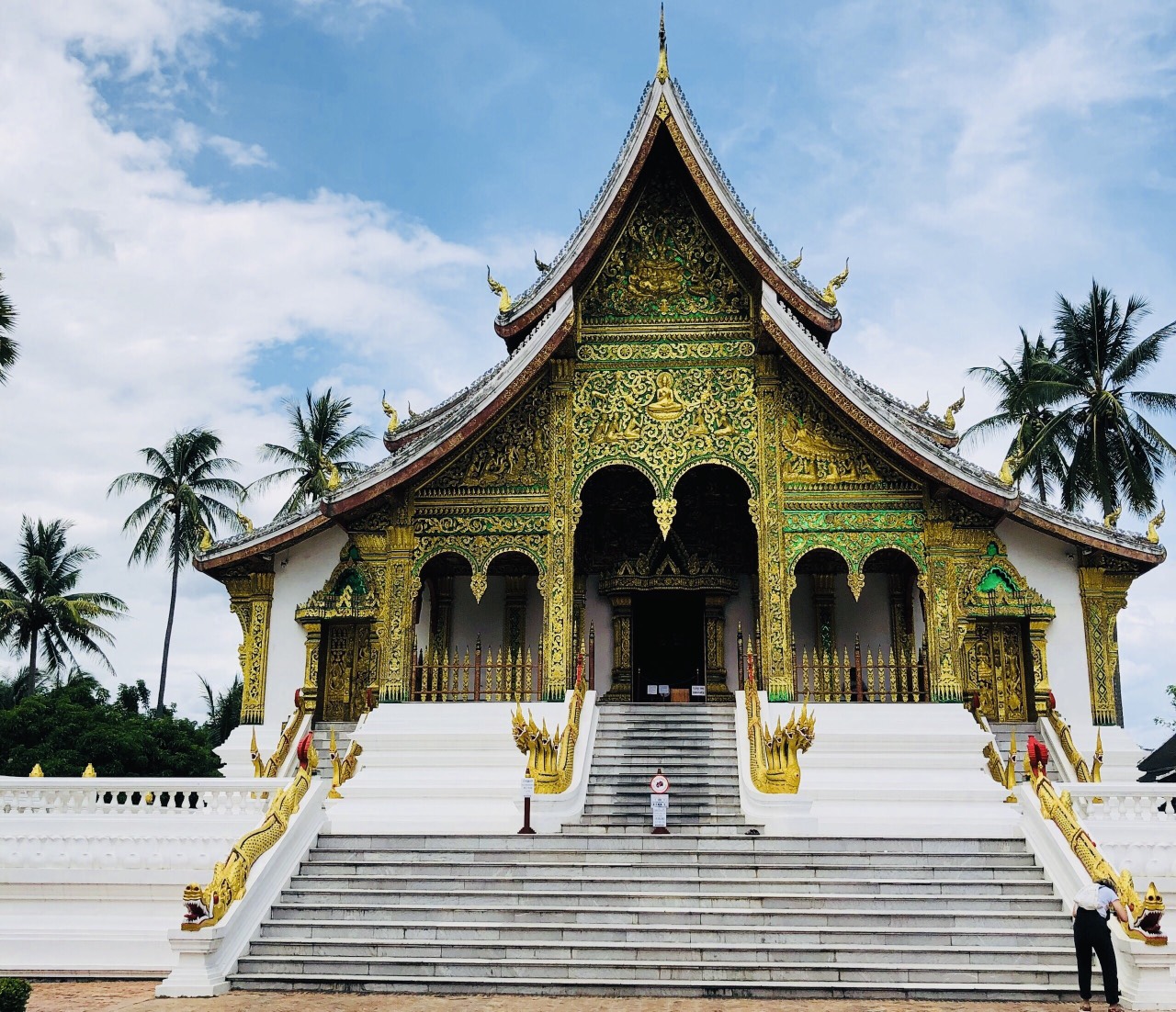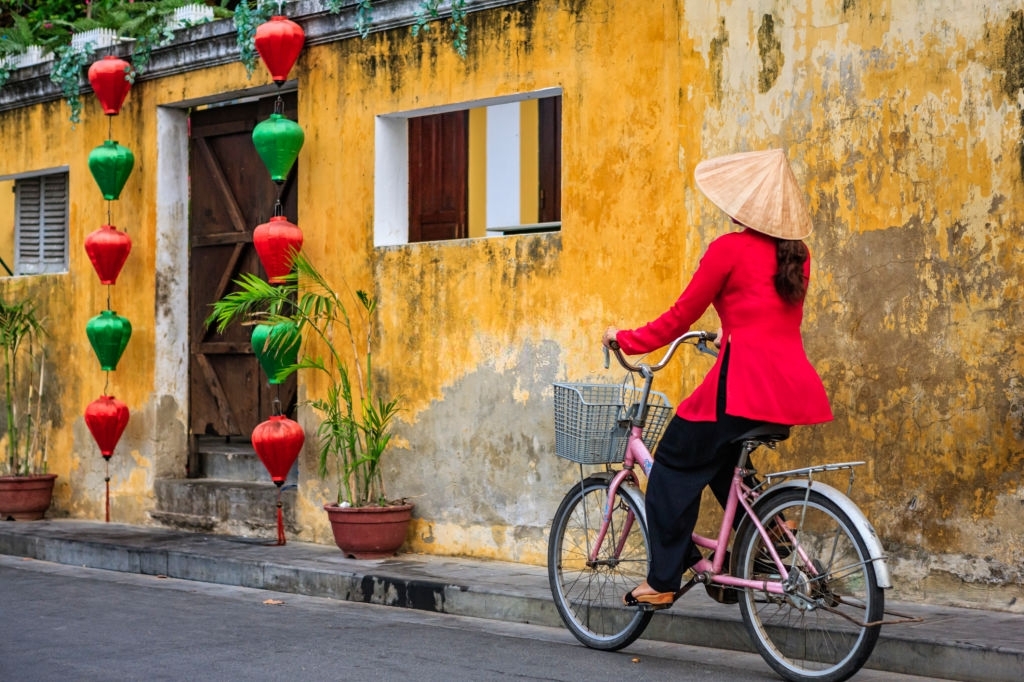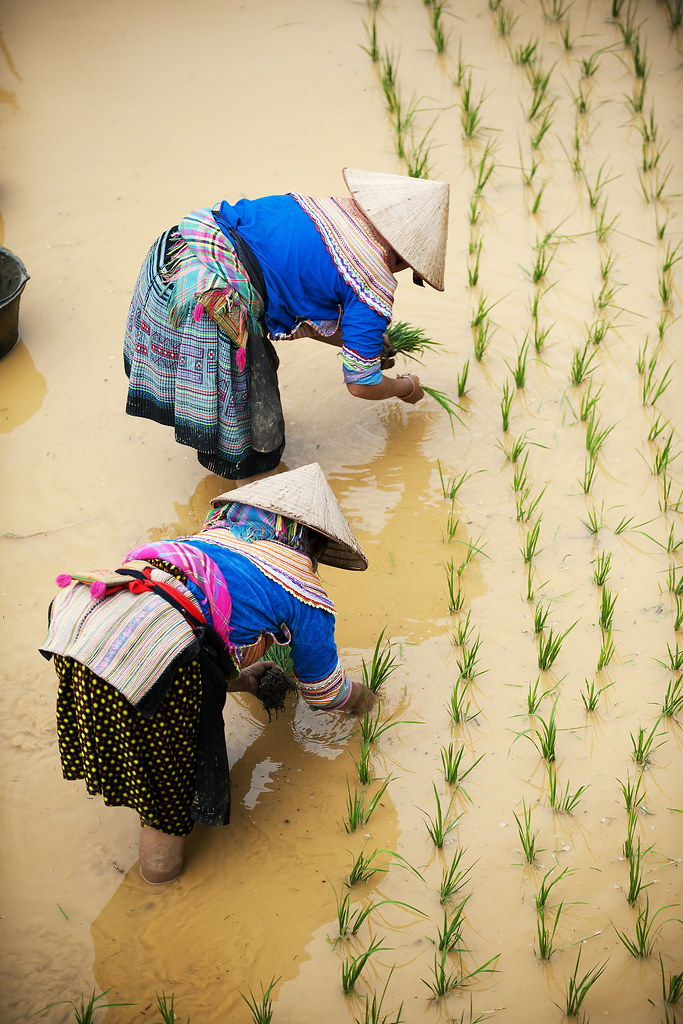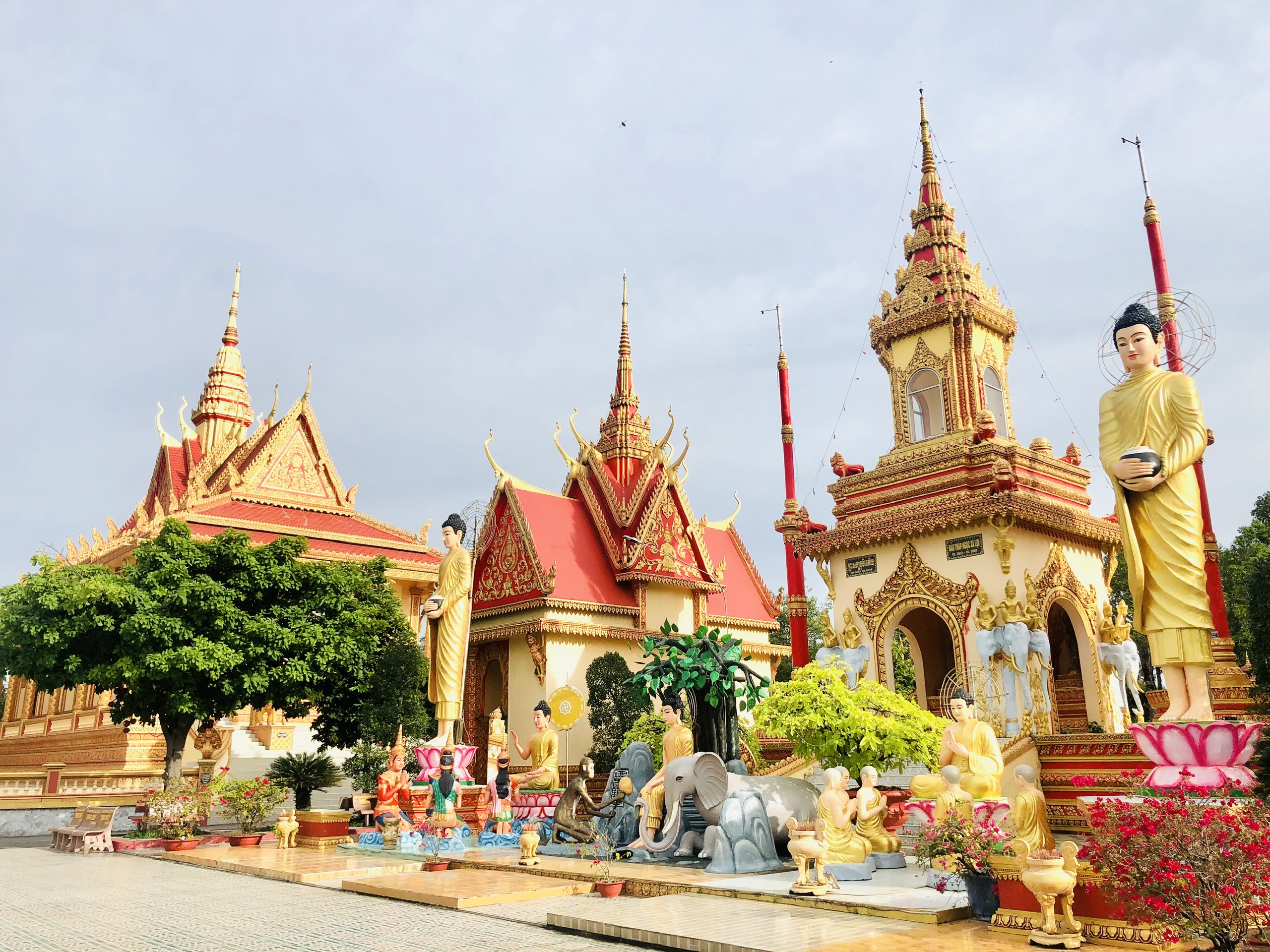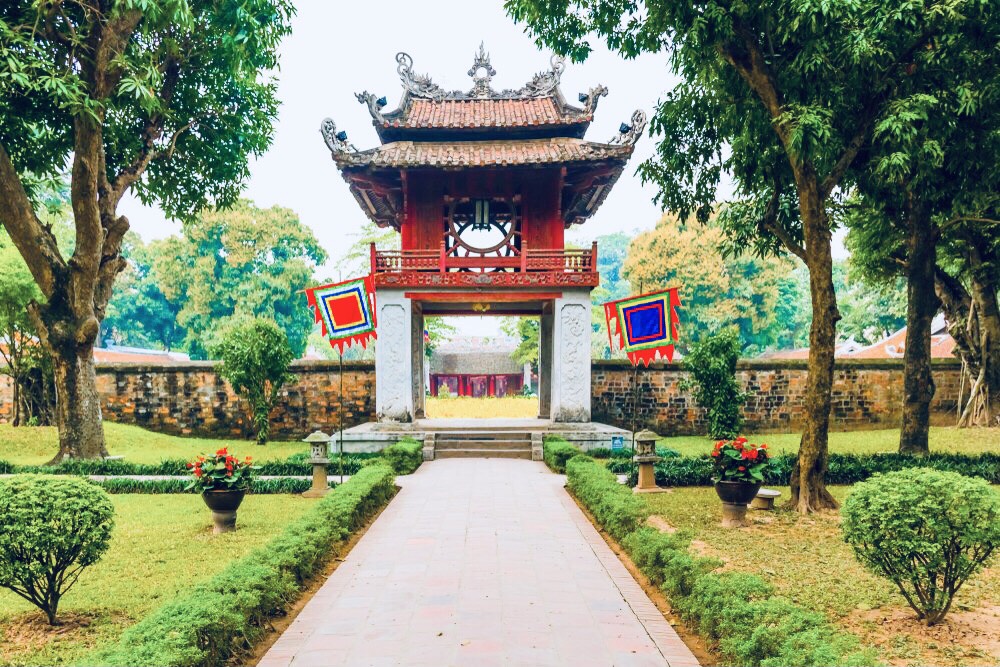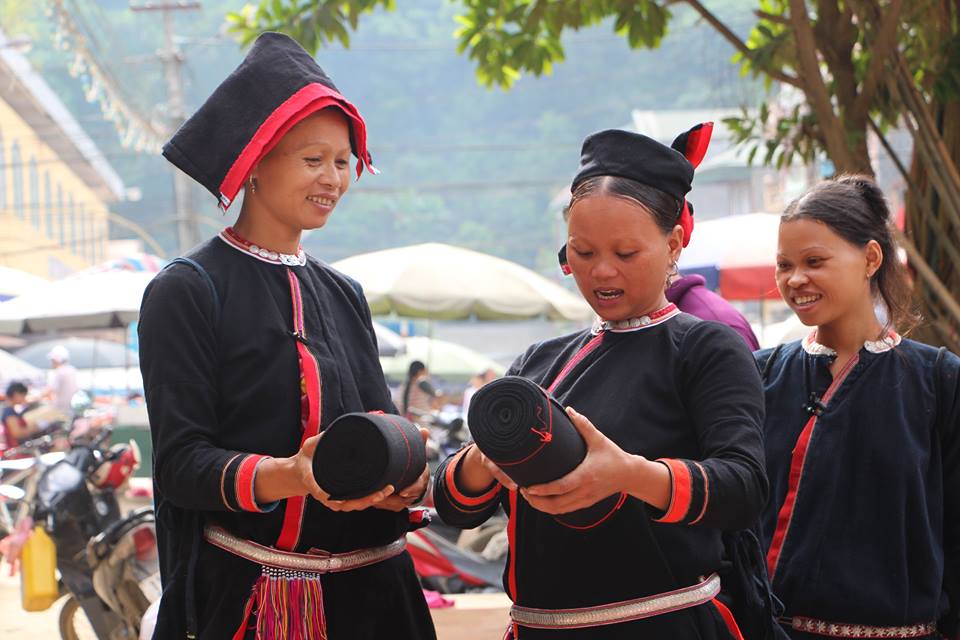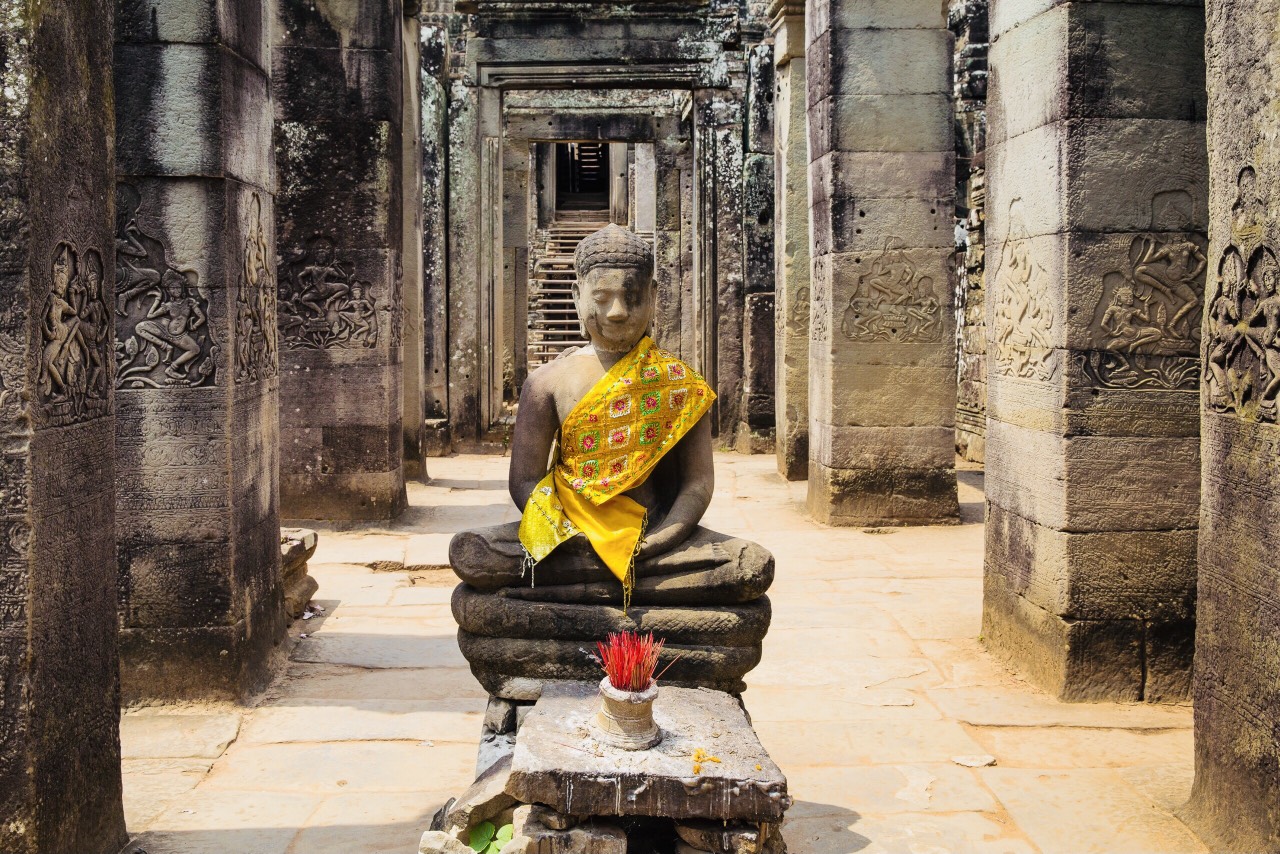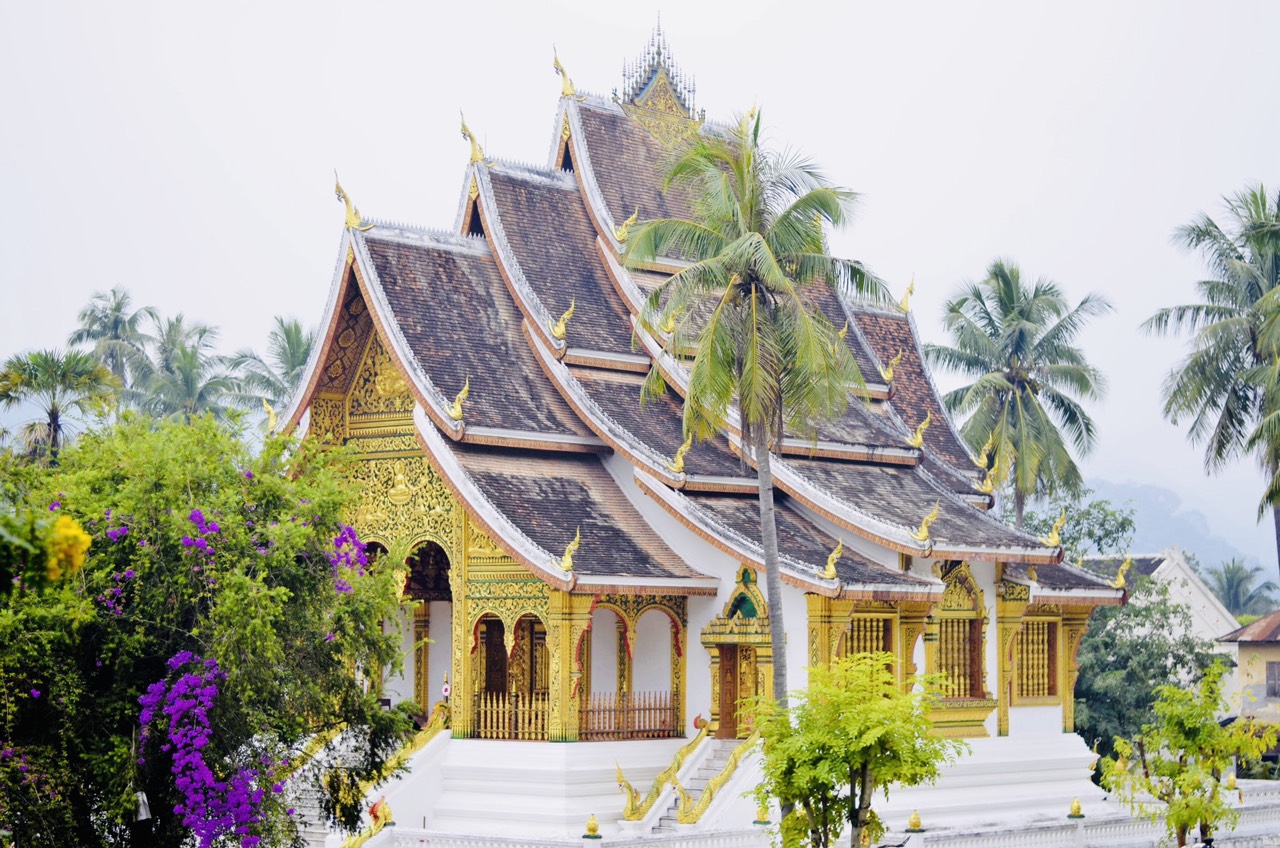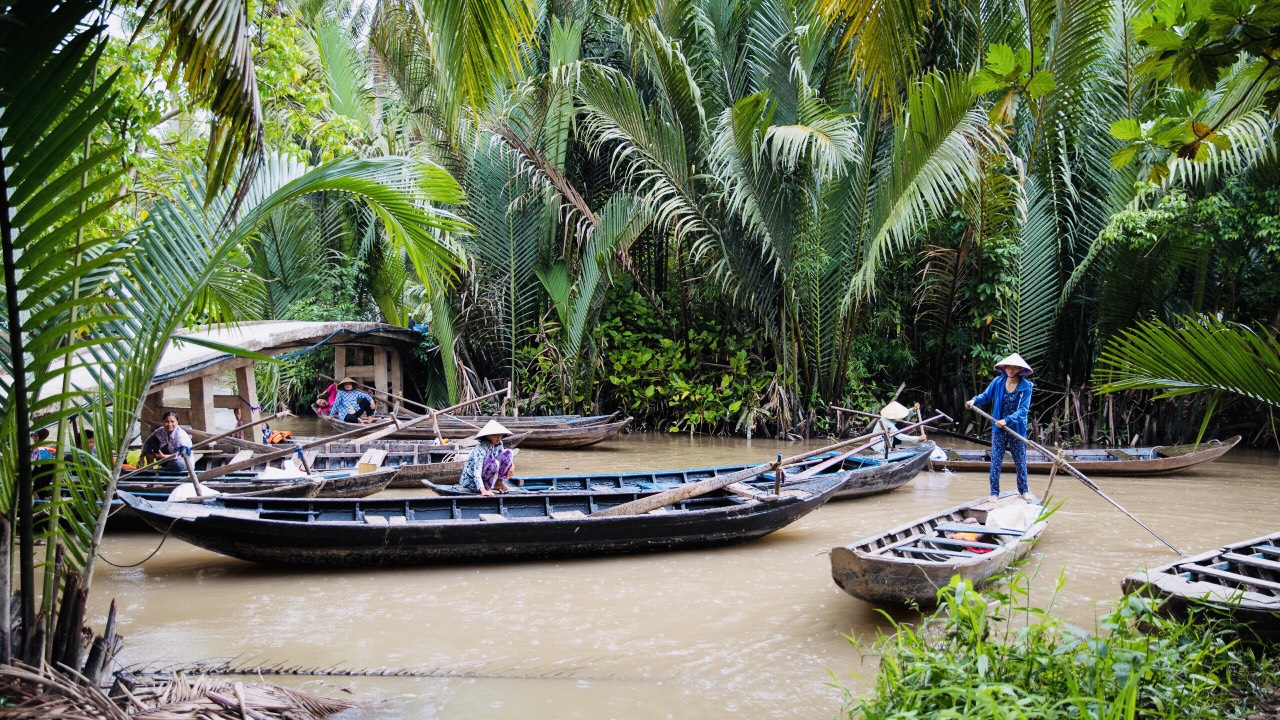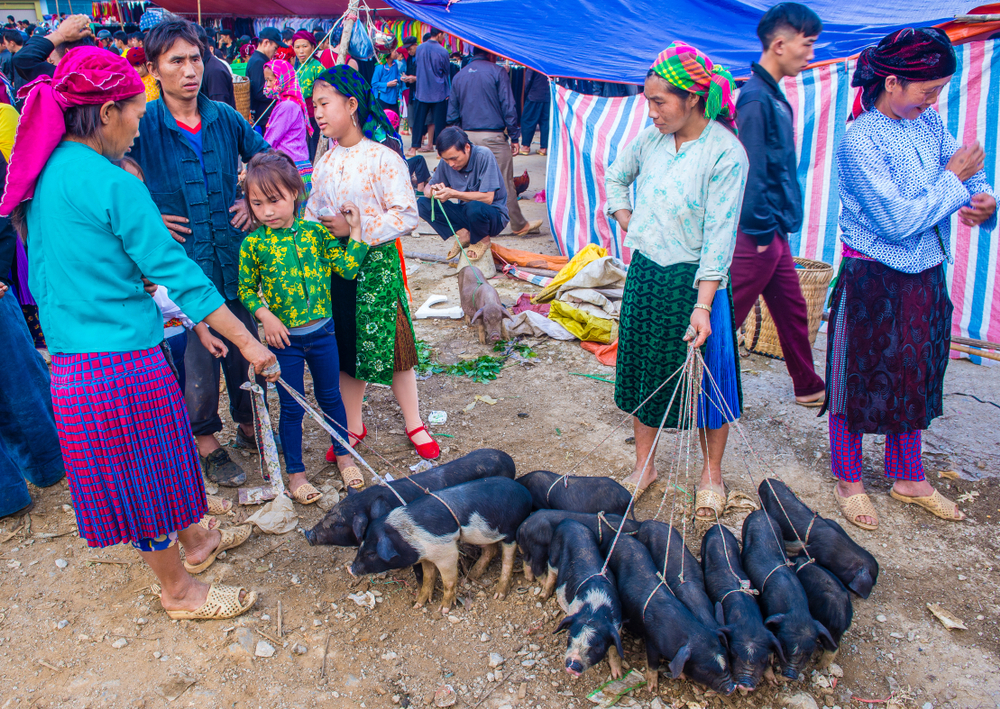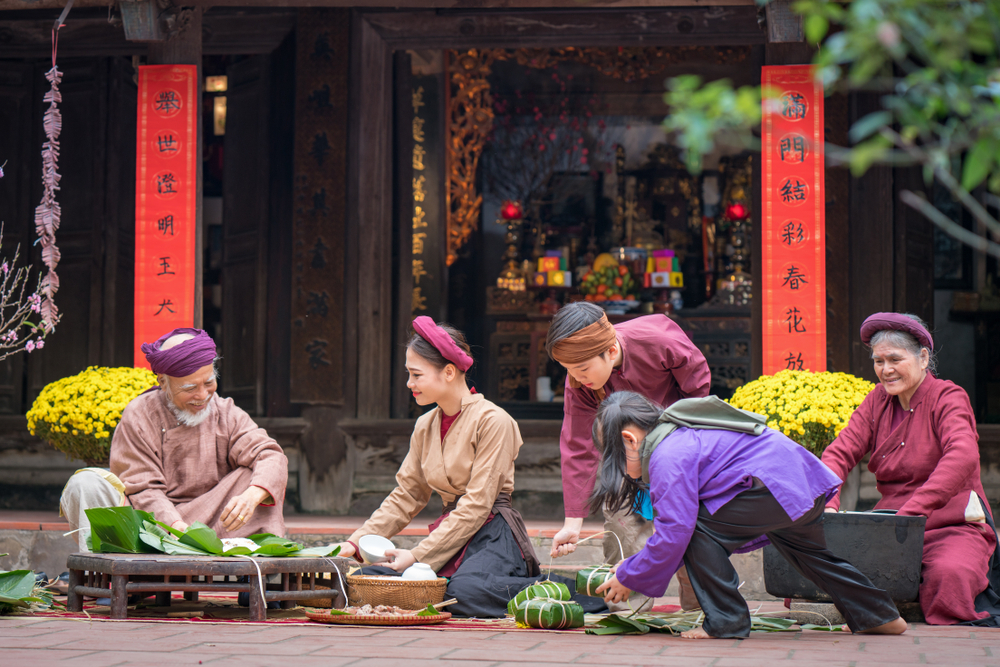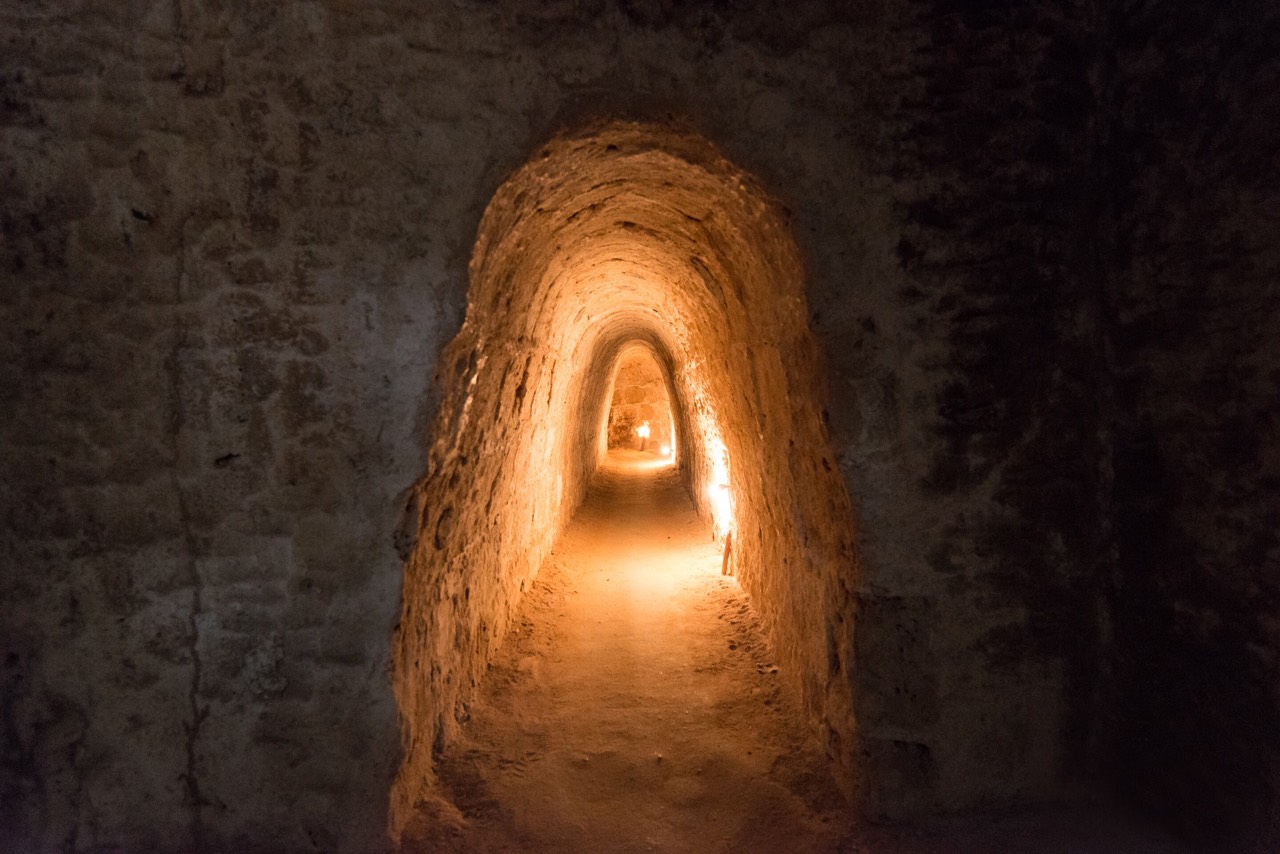
Cu Chi tunnels
Communist guerrilla troops known as the Viet Cong dug numerous tunnels throughout the country, including the extensive network running under Cu Chi District northwest of Saigon. Classified by the Vietnamese state on December 23, 2015 – Special National Relic – to Special National Remnant, this network is preserved.
The Cu Chi tunnels are located in Phu My Hung commune, Ho Chi Minh – city. In the two areas of Ben Duoc and Ben Dinh two tunnels are open to the public.
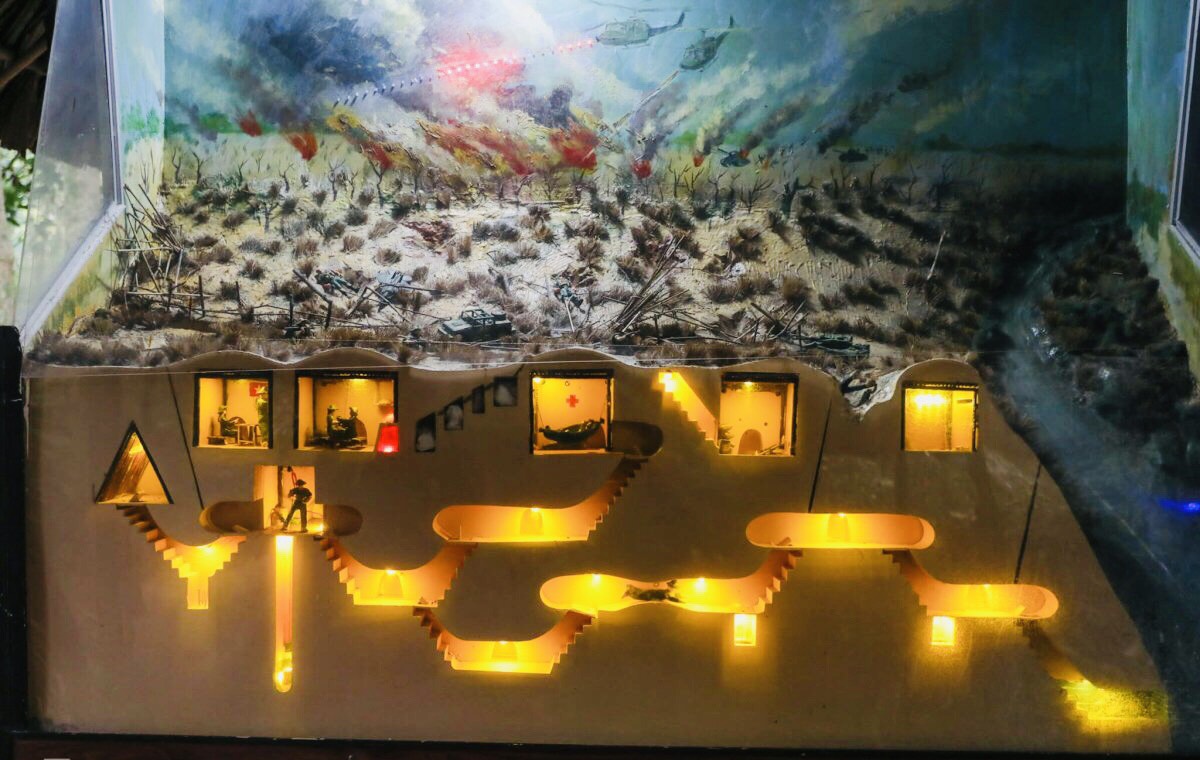
The Cu Chi tunnels were originally dug by the Viet Minh and villagers during the war against the French occupation (1946 – 1954 – Indochina War).
They were then only about 20 km long. They are short tunnels with simple structures and are used to hide documents and weapons.
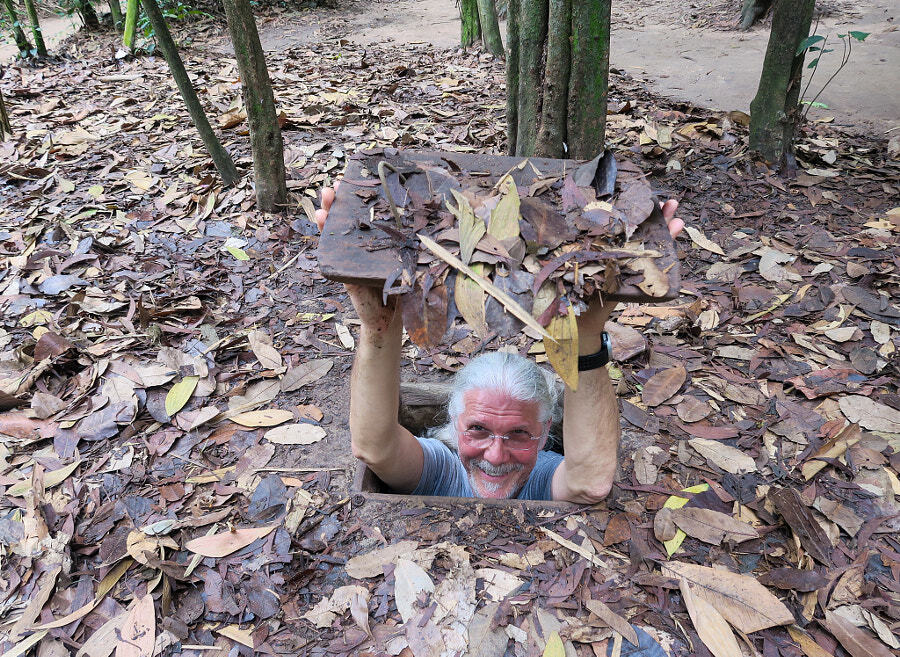
Beginning in 1961, the Viet Cong expanded them.
The existing tunnel system was connected and extended to form a complex and continuous tunnel system that branched out to the Saigon River.
As the terminus of the Ho Chi Minh Trail, 40 km from Saigon during the Vietnam War, they were used to fight American and South Vietnamese forces.
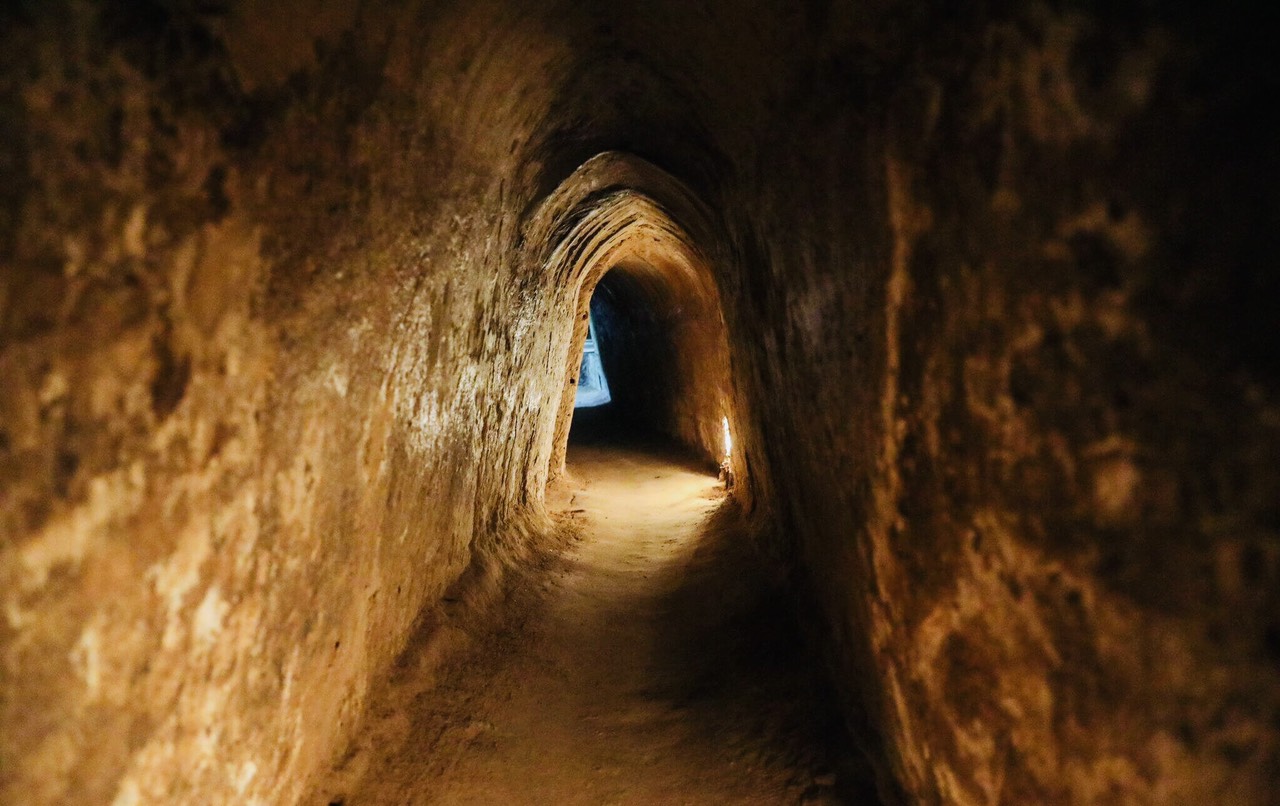
– Viet Minh: Political and military organization fighting for the independence of Vietnam, founded by Ho Chi Minh.
– Viet Cong: National Liberation Front of South Vietnam.
At the beginning of 1965 there were 250 km of tunnels and 500 km of trenches in Cu Chi.
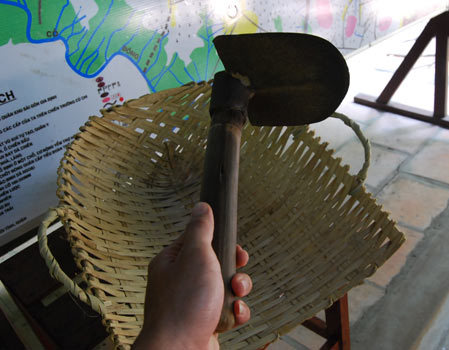
The tunnels took on strategic importance in 1966 and were the base of operations for the Viet Cong during the Tet offensive in 1968.
Their uses were linked to the circumstances of the moment, they served as shelters for troops, allowed communications from one point to another, allowed the transport of supplies, were the place of strategic preparations….
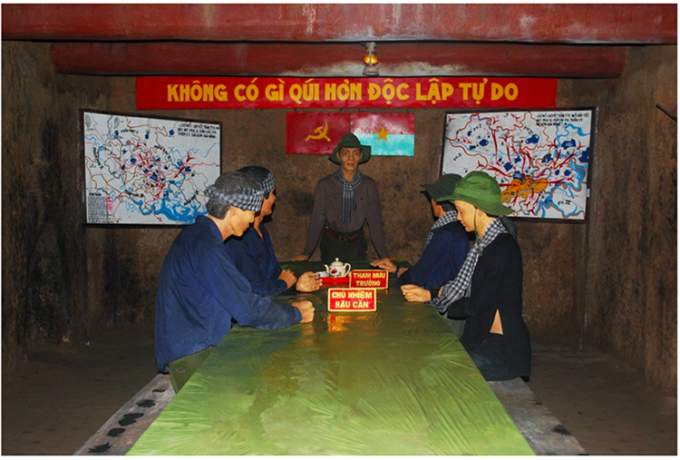
The villagers took refuge there during the bombardments.
At the height of the Vietnam War, they were able to shelter up to 16,000 people.
Entirely dug by hand, they are built on an area of lateritic clay resistant to erosion and the passage of tanks and bombings. This chosen area is above the level of the river, which avoids the risk of flooding. The excavated earth is generally dispersed in the river during the night.
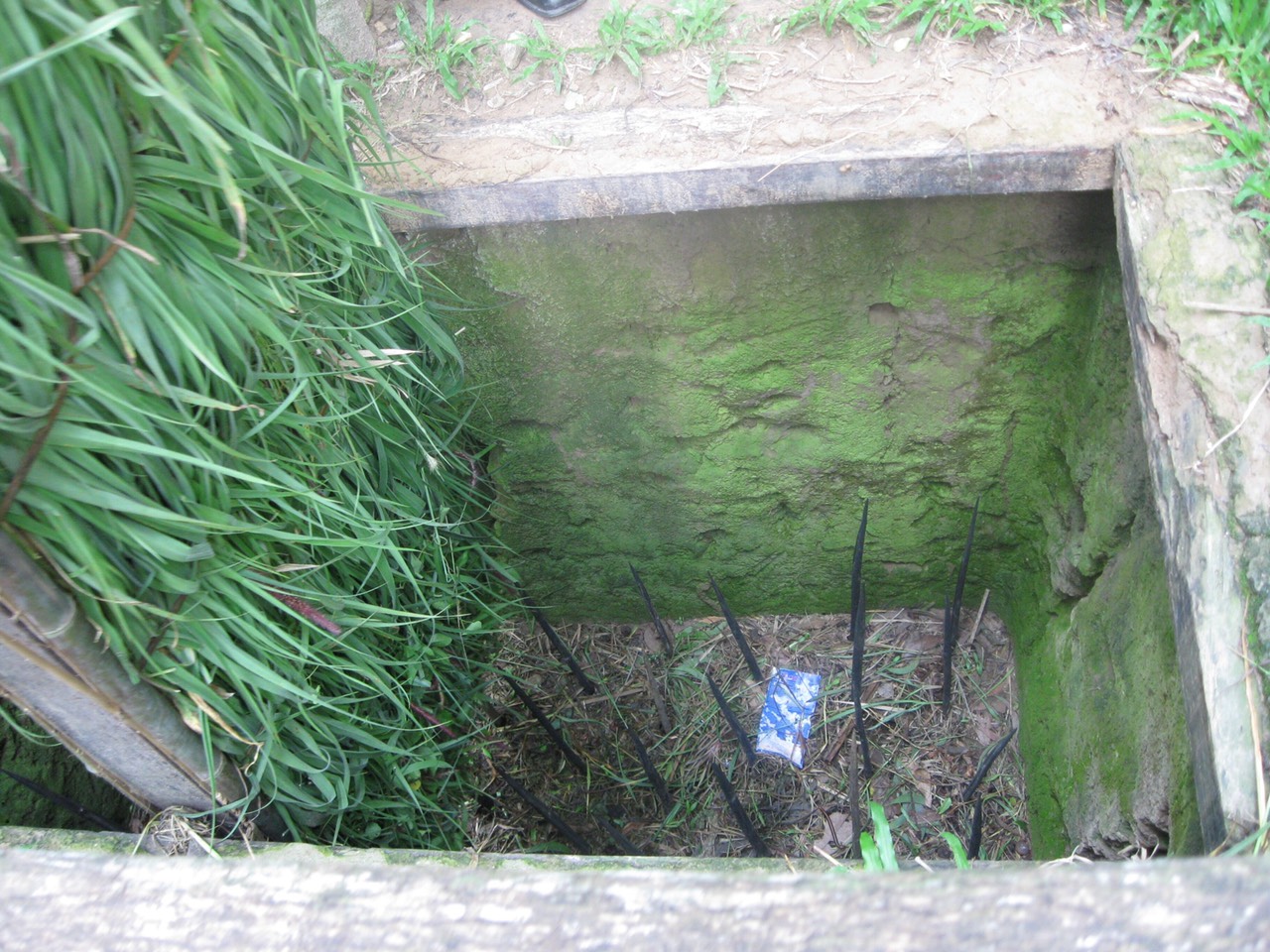
They are composed of several layers of 3 different depths.
The upper layer is about 3 m from the ground, the middle layer is about 6 m from the ground and the lower layer is more than 10 meters deep in some places.
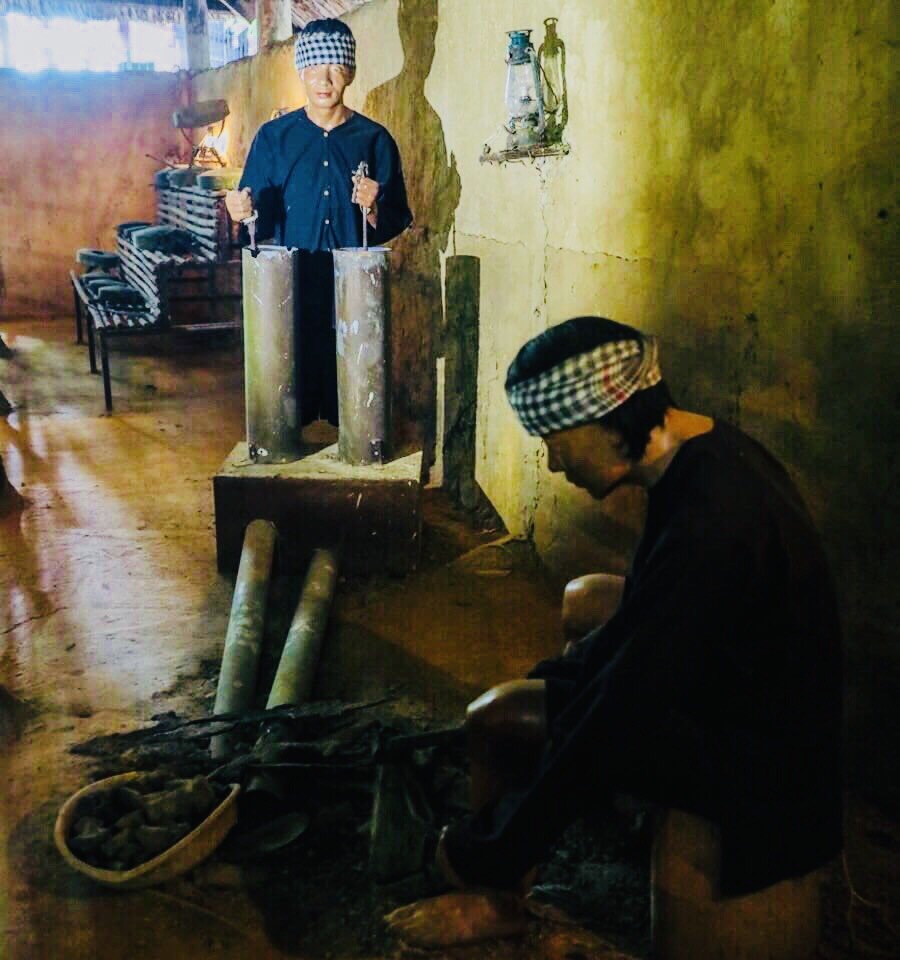
The trenches, high enough for a person to walk with his back bent, are 60 to 70 cm wide and 80 to 90 cm high and connect the different cavities of the different levels.
This underground labyrinth includes an ingenious ventilation system whose air exits are disguised as termite mounds, it has underground wells that supply drinking water.
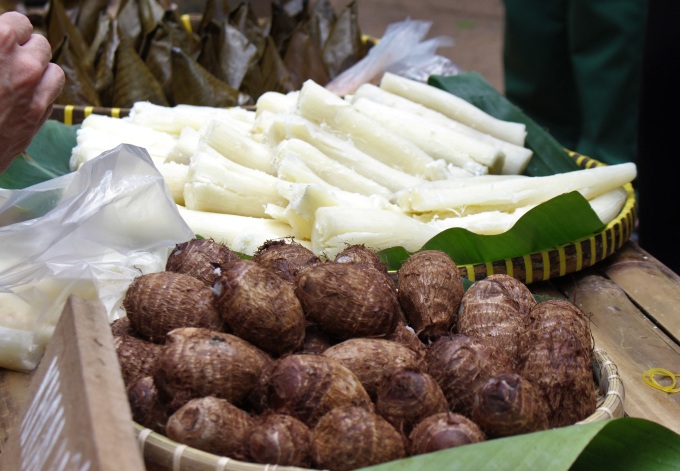
The accesses to the various trenches are protected by traps, mines and anti-intrusion doors.
In the basement, connected to each other, there are rooms with multiple functions: meeting rooms, kitchens with Hoang Cam stoves, infirmaries, bedrooms, workshops for the manufacture of weapons, stocks of weapons and even theaters; a city under the ground!
– Hoang Cam stoves: ingenious system of smoke dissipation to avoid being spotted by the enemy, many ducts are used, the smoke that reaches the surface is blocked on the ground by a cover of wet foliage.
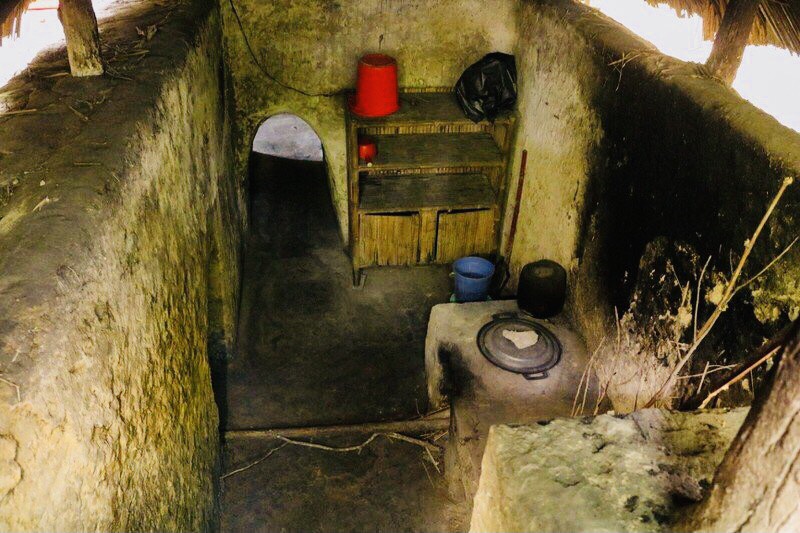
Passant à l’extérieur par les tranchées, arrivant au milieu de la végétation, les combattants vietcongs ont pu tendre des pièges, organiser des attaques surprises, avant de disparaître dans les souterrains pour se mettre à l’abri.
Sans le savoir, les Américains avaient construit une vaste base à proximité d’un réseau de galeries. Il leur a fallu des mois pour comprendre pourquoi leurs soldats étaient attaqués la nuit dans leurs tentes.

To combat these guerrilla tactics, U.S. and South Vietnamese forces have trained soldiers called “tunnel rats” to navigate the tunnels, dogs to detect traps and the presence of troops.
All armed attempts to neutralize this network have failed and no amount of technology has been able to overcome it.
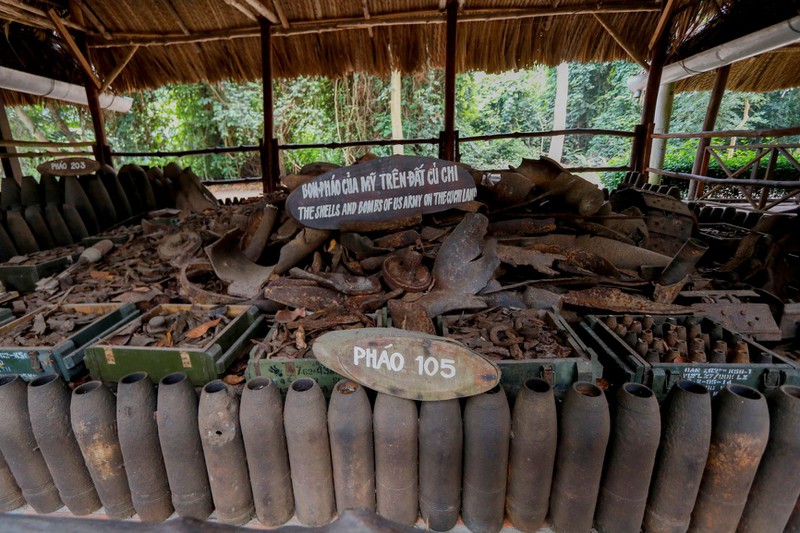
To dislodge the Viet Cong maquisards hiding in their underground tunnels, German shepherds were released into the tunnels. Pepper was sprinkled around the hatches and Viet Cong soldiers wore uniforms and used soap stolen from Americans or their prisoners to fool the sniffers.
Mexican legionnaires and Vietnamese soldiers of the South Vietnamese army, smaller than the Americans, were also used, but in vain.
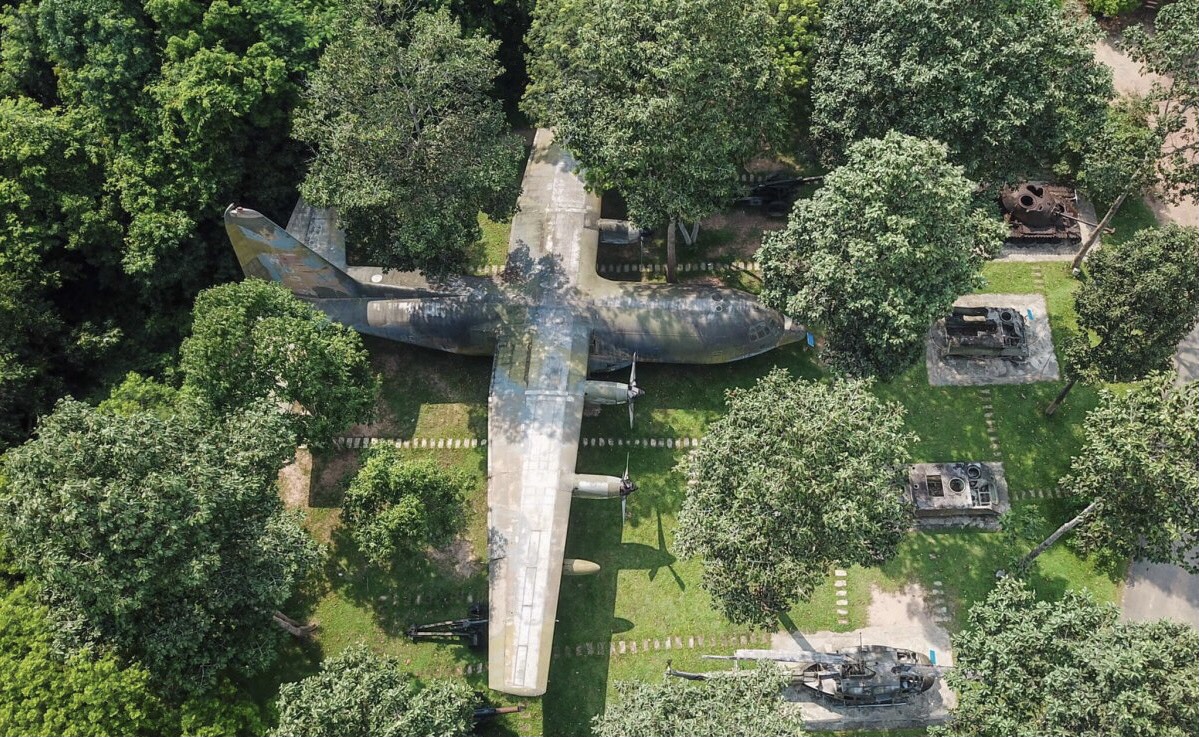
A visit to the Cu Chi tunnels is a unique look at the history of Vietnam. Some sections of this tunnel system are expanded to accommodate tourists. Others, left untouched, are rarely visited due to their difficulty of access.
From exploring the narrow tunnels of Cu Chi to the relics of war, there is much to learn about the guerrilla warfare that took place during the Vietnam War.









